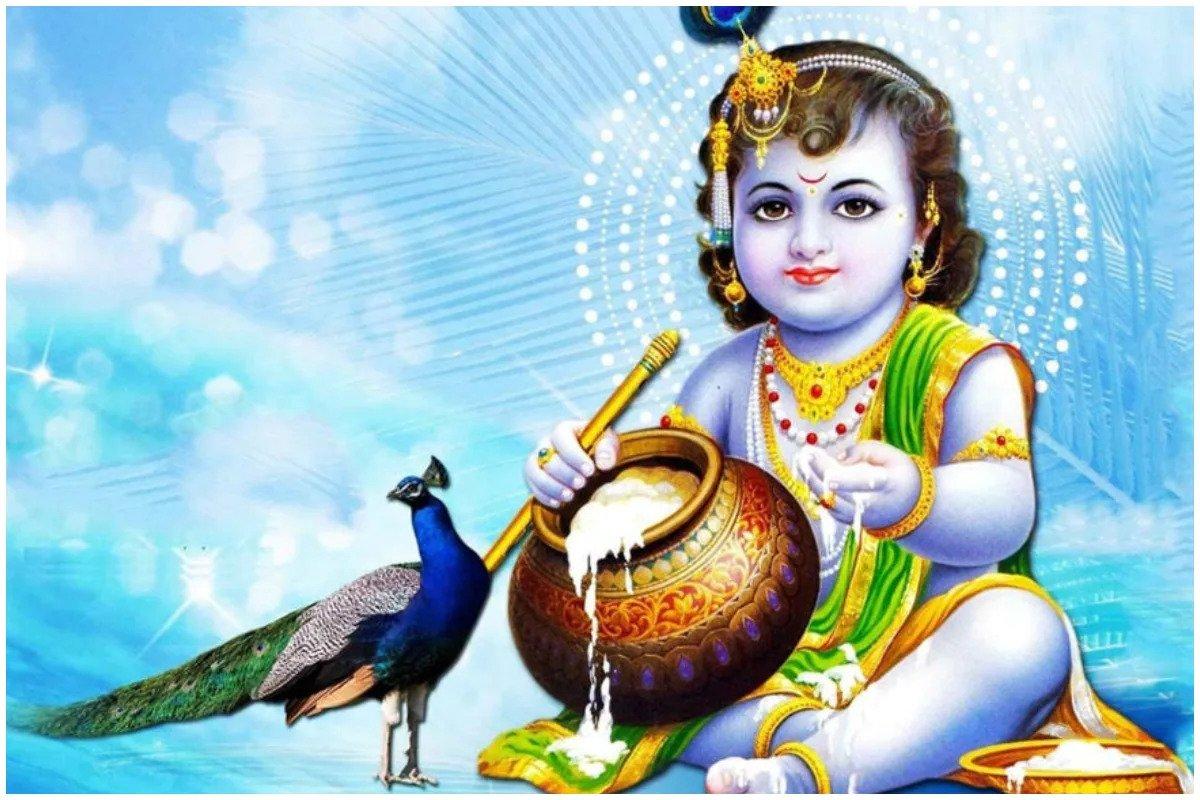Janmashtami: Celebrating the Birth of Lord Krishna
Janmashtami, also known as Krishna Janmashtami or Gokulashtami, is one of the most widely celebrated Hindu festivals in India and around the world. It marks the birth of Lord Krishna, the eighth incarnation of Lord Vishnu, who is believed to have been born over 5,000 years ago in the city of Mathura. Celebrated on the eighth day (Ashtami) of the dark fortnight of the Hindu month of Bhadrapada, Janmashtami typically falls in August or September.
Significance of Janmashtami
Lord Krishna is a central figure in Hinduism, revered for his divine wisdom, charm, and playful spirit. He is considered the epitome of love, compassion, and righteousness. The story of his birth is one of divine intervention and hope. According to Hindu mythology, Krishna was born in a prison cell to Devaki and Vasudeva, under the tyrannical rule of King Kansa, who was foretold that Devaki's eighth son would be his downfall. To protect the newborn Krishna, Vasudeva carried him across the Yamuna River to Gokul, where he was raised by his foster parents, Yashoda and Nanda.
Traditions and Celebrations
Janmashtami is celebrated with great enthusiasm and devotion across India, with each region adding its unique flavor to the festivities.
- Fasting and Devotion: Devotees observe a day-long fast, breaking it only at midnight, the believed time of Krishna’s birth. Temples and homes are beautifully decorated, and idols of baby Krishna are placed in cradles, symbolizing his birth.
- Dahi Handi: In Maharashtra, the festival is marked by the popular Dahi Handi event, where teams of young men, known as Govindas, form human pyramids to break a pot of curd (dahi) hung high above the ground. This tradition reflects Krishna’s love for butter and curd, as he is fondly called ‘Makhan Chor’ (butter thief).
- Raslila Performances: In regions like Vrindavan and Mathura, where Krishna spent his childhood, Raslila performances are organized. These are dramatic enactments of Krishna's life and his playful interactions with the Gopis (milkmaids).
- Chanting and Bhajans: Devotees gather in temples to sing devotional songs and bhajans, chanting the names of Lord Krishna. The atmosphere is filled with the sound of conch shells, bells, and the rhythmic chanting of "Hare Krishna, Hare Rama," invoking the divine presence of Krishna.
- Midnight Celebrations: The highlight of Janmashtami is the midnight celebration when Lord Krishna is believed to have been born. The idol of Krishna is bathed with milk, honey, and ghee, and adorned with new clothes and jewelry. Devotees then offer sweets, butter, and fruits to the deity, followed by an aarti and distribution of prasad.
Janmashtami Beyond India
While Janmashtami is primarily a Hindu festival, it is also celebrated by people of Indian origin around the world. In countries like Nepal, Bangladesh, Fiji, and Mauritius, as well as in the Indian diaspora communities in the United States, the United Kingdom, and Canada, Janmashtami is observed with great fervor. ISKCON (International Society for Krishna Consciousness) temples worldwide play a significant role in promoting the celebration of Janmashtami, often organizing grand processions, feasts, and cultural programs.
The Spiritual Message of Janmashtami
Beyond the rituals and festivities, Janmashtami carries a profound spiritual message. It reminds devotees of the eternal battle between good and evil, and the promise that divine intervention will always triumph over unrighteousness. Lord Krishna's teachings, especially those in the Bhagavad Gita, continue to inspire millions around the world, guiding them on the path of dharma (righteousness), selfless action, and devotion to God.
Janmashtami is not just a celebration of the birth of a deity but a reaffirmation of faith, love, and the eternal values that Lord Krishna represents.

